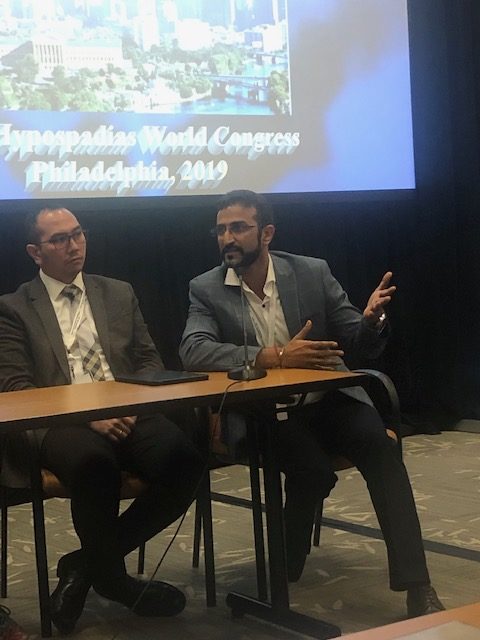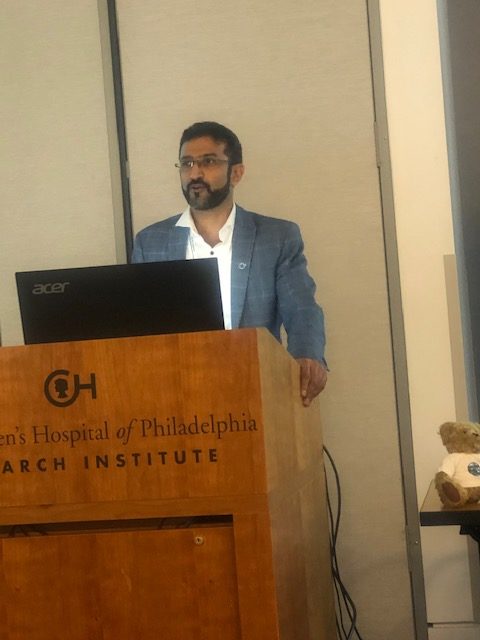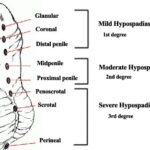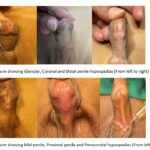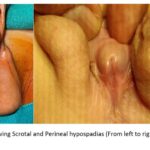Why does hypospadias occur?
Hypospadias is a congenital abnormality of the penis with an incidence of 1 in 150 live births. In hypospadias, the urinary opening (peehole) is in an abnormal position on the underside of the penis. As a parent of a child with hypospadias, you may wonder what causes hypospadias. Infact this is the most common question which parents ask us in the clinic- Why did my child develop hypospadias?
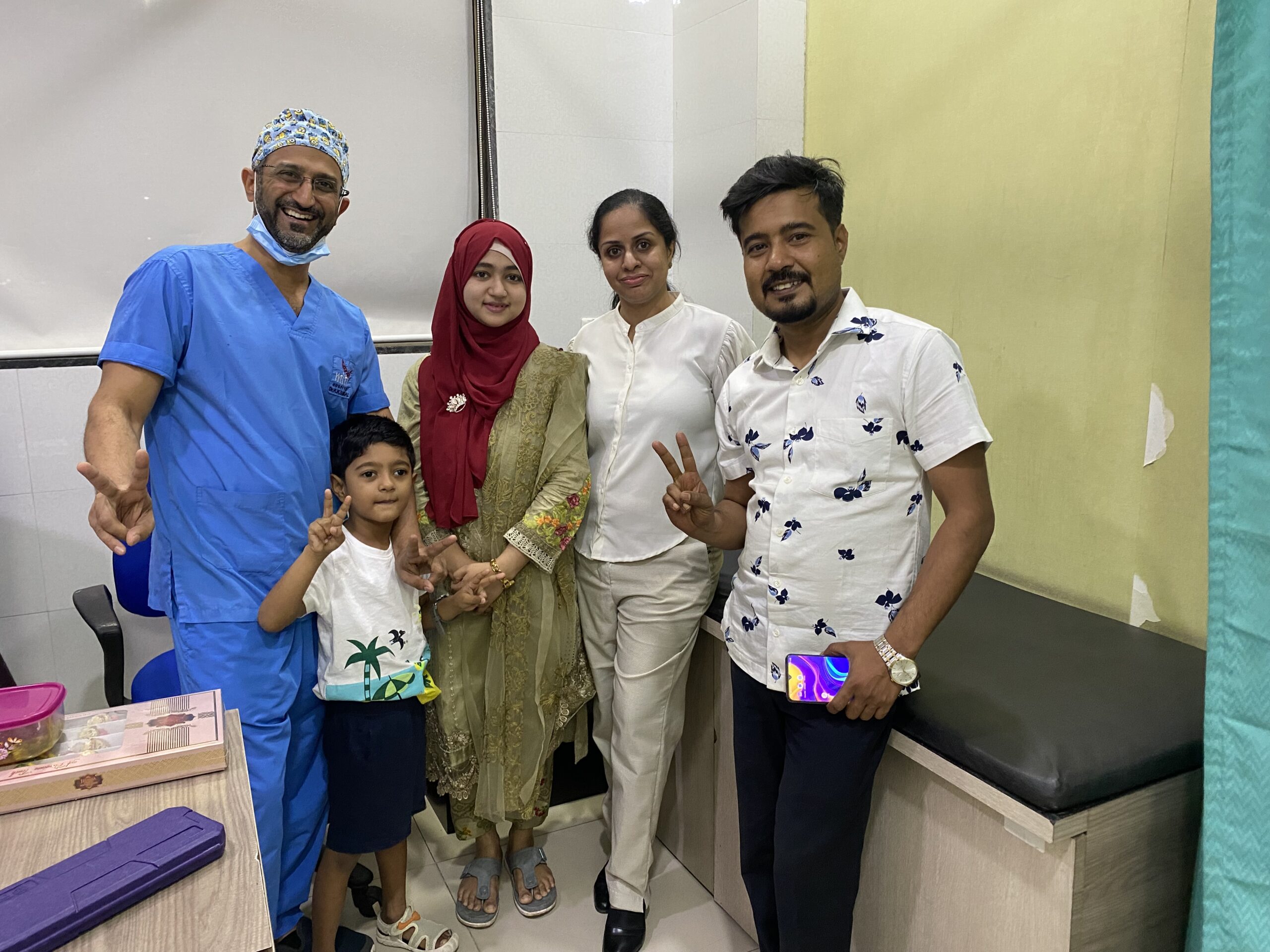
The exact cause for hypospadias is not known but there are various factors which can increase the risk of hypospadias in your baby. This blog is to help you understand the probable factors which may lead to hypospadias in your baby boy.
- Genetic factors:
Family history: While 90-95% of hypospadias are isolated cases, 5-10% of them do run in families. If the father or anyone in first degree family has hypospadias, then the risk of having hypospadias in subsequent male children increases.
- Environmental factors:
Maternal exposure to pesticides or herbicides in pregnancy may cause hypospadias.
These pesticides are known to be endocrine disruptors, they interfere with the androgen and oestrogen signalling pathways during genital development, hence causing hypospadias. This is a hypothesis and studies are still under process to clearly link exposure of pesticides to occurrence of hypospadias.
There have been studies showing higher risk of hypospadias due to plasticisers in the single use plastic bottles. The chemicals here act as male hormone blockers and interrupt development of penis, hence causing hypospadias.
- Hormonal exposure in pregnancy:
During pregnancy, certain hormones may be advised for the mother to decrease the chance of preterm labour or miscarriage. This is common after invitro fertilization (IVF) conception, twin pregnancy and in precious pregnancies. Carmichael reported that the use of progesterone to prevent early pregnancy loss was associated with risk of developing moderate to severe hypospadias.
- Maternal factors:
Maternal pre pregnancy obesity with a BMI>30 has been associated with 1.3-to-2-fold increased risk of hypospadias compared to other women who had normal weight in the pre pregnancy period.
Maternal nutrition is very important for the development of fetus. Folic acid supplementation in the pre conceptional period is necessary to prevent various congenital anomalies. Study conducted by Mavrogenis et al showed that folic acid supplementation early in pregnancy was associated with low risk of hypospadias.
Hypertension in pregnancy and usage of anti-hypertensive medicines are associated with development of hypospadias in the fetus. Untreated hypertension has an odds ratio of is 2.1 and anti-hypertensive usage in pregnancy has an odds ratio of 1.6 for development of hypospadias. The cause for this is most likely because of reduced placental perfusion in hypertension.
It has been hypothesized that the maternal use of estrogen and progestin may cause hypospadias because of interference with fetal androgen production or action. Several other medications have been associated with moderate to severe hypospadias. These include ibuprofen (odds ratio 1.2), Venlafexine(odd ratio 2.4), proton pump inhibitors(odds ratio 4.4) and clomiphene citrate(ovulation induction agent with odds ratio 1.9)
- Birth factors:
Infants with hypospadias are most likely to be born preterm, low birth weight or small for gestational age. These are more strongly associated with severe hypospadias than the milder forms of hypospadias. Placental dysfunction may fail to stimulate fetal androgen production which is necessary for urethral closure. It also causes reduced transfer of nutrients to the fetus causing growth restriction. Placental dysfunction and androgen deficiency in early pregnancy are known to cause intrauterine growth restriction and hypospadias.
The most important message here is that it is not the fault of the mother or father which can cause hypospadias in their child. The above-mentioned factors may increase the risk of hypospadias but that is not always true. A pregnant woman should take care of her health and avoid exposure to chemicals as much as possible. She should maintain a healthy diet, get good sleep, and avoid stress. Even if your child has hypospadias inspite of all the extra care, do not worry. Hypospadias is a condition that can be easily corrected by surgery by an expert pediatric urologist or a surgeon who specializes in hypospadias repairs.
At hypospadias foundation India, we have been blessed to treated families having twins or two brothers with hypospadias. We also have cases where father had hypospadias and then their child had hypospadias. Some of these parents themselves did not achieve good results in their day and age but now with latest techniques which we use at Hypospadias Foundation, the results which their children get after hypospadias repair surgery are very good.
In current era, success rate of hypospadias in first surgery itself is more than 95%. At hypospadias foundation, we treat hundreds of children and adults with hypospadias every year, both the ones which are primary or the ones where the previous repair has failed. If your child has hypospadias, do visit us, or consult us online to get the best hypospadias treatment for your child. Every child deserves the best and we are here to support you to give the best care to your child.
Contact Form for Hypospadias Foundation
Please fill all clinical details and upload pictures and clinical summaries (if available)

